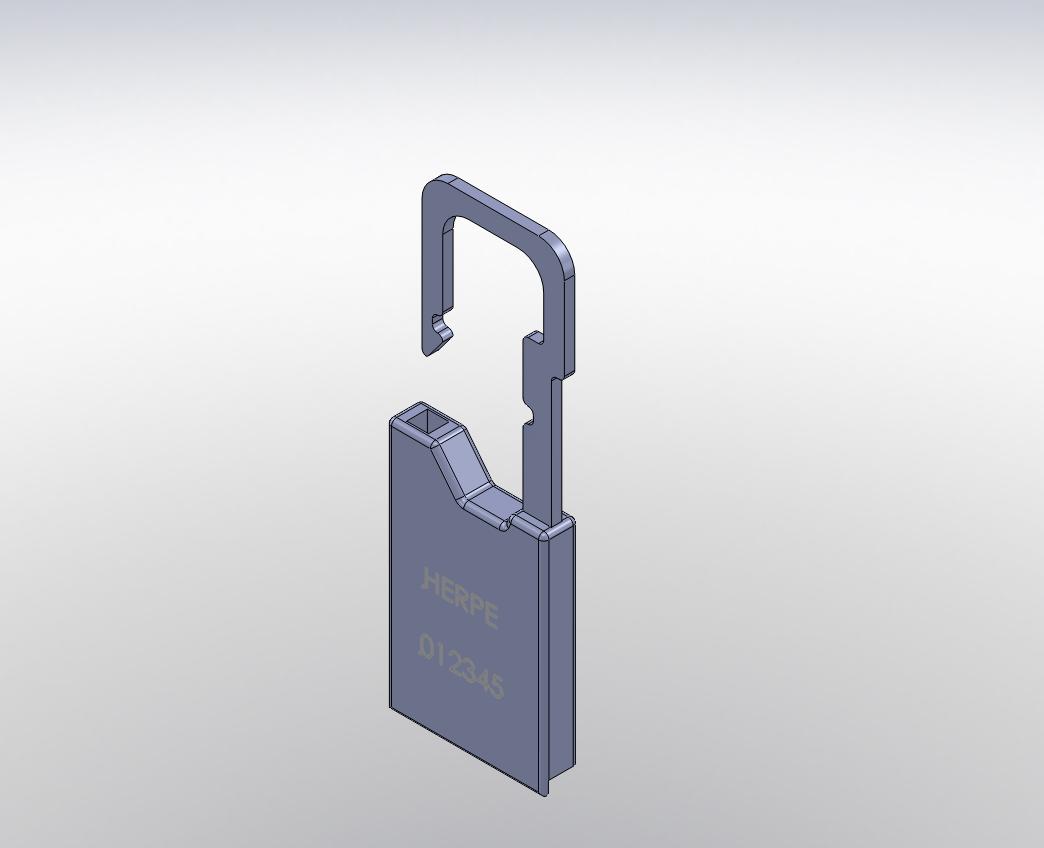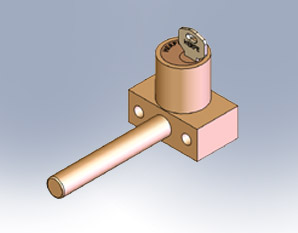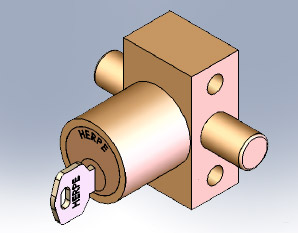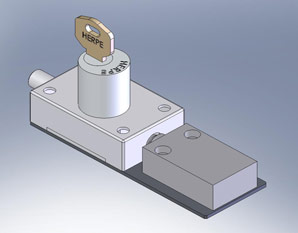Options


-
Ref. C823 CYLINDER INTERLOCK, REF. C823


When a mechanical block manoeuvre actioned by a key is required in order to start the interlocking sequence, it is advised to use an cylinder interlock.
The key is trapped if turned at 90º. Turning the key at 0º position, it is released and the contacts are inverted.
The interlock cylinder, as every item in our catalogue, is completely compatible with the rest of our articles. As the same key format can be used, it could be utilized in any interlocking sequence even if it is composed by more items.
Características
Key at 0º: Key released | Key at 90º : Key trapped
-
Ref. CA201 KEY LOCK SAFE-PADLOCK, Ref. CA201


There can be different types of keys with different profiles that need to be integrated in order to get a single key. This article helps to do so, with complete control of the key and padlock. The key lock safe-padlock has a code printed on it that is linked in our records to the code on the key. In case of handling the devices (breaking the padlock in order to remove both keys and replacing it later with another padlock) in the event of an accident, the codes on the padlock can help knowing whether the device was previously manipulated.
Características
Padlock open : Keys can be brought in | Padlock closed: Keys cannot be removed
-
Ref. CA401 MECHANICAL LOCKING SYSTEM Ref. CA401

This interlock is designed to prevent the activation of a body opening a circuit (e.g. a switch). It consists in a sign and the immobilization through mechanical locking of the activation body.
The interlock padlocks, together with expert handling (installation and removal by a professional, the consignment technician), secure the performance of this function.
The padlocks are made of brass, which prevents from corrosion. A plastic sheet representing an interlocking disc is included.
Anti-corrosive padlocks.
Plastic sheet.
Red colour – sign of prohibition.
Labelling on both sides:
– Operation-forbidden normalized sign.
– User details and name labelling zone.
Weight: 0.17 Kg.
Bolt diameter: 4mm.
Bolt length (mm): 70.
Key code or number: 111.222.
00: Non-standard.
Z: Random key
Características
:
-
Ref. E101 INTERLOCK WITH SPECIAL ROD, Ref. E101


Sometimes the standard measure for the regular lock (N101 or N201) rod may not be long enough to mount the lock on some surfaces. In these situations, a lock with special rod can be manufactured according to the client’s needs.
However, it must be taken into account that the rod path stays the same, regardless of the length of the rod. -
Ref. E110 REGULAR INTERLOCK – ROD BOTH ENDS, REF. E110


Sometimes the interlocking can be so particular that, when turning the key at a specific position, the path of the rod is extended at both ends of the lock — if the key is turned, the rod gets off at one end of the lock while staying in at the other side.
This device can also allow the rod to set off both ends of the lock.
Características
Left end rod out - key released: Right end rod in | Left end rod in - key trapped: Right end rod out
-
Ref. FN101 INTERLOCK WITH ROD STOP, Ref. FN101


Its purpose is preventing from any abnormal handling of machines and other devices that may conduct to severe injuries or breakdowns, as well as the paralysation of the plants and production systems. This can be summarized in a word: SECURITY.
It may be necessary to add some electrical contacts (rod stop) to the lock: when the rod activates the contacts, the lock gets interlocked and the key trapped in one of the two possible positions.
These contacts are incorporated to the interlock (FN101) through a stainless steal piece.
Características
Rod out - Key released: Opens or closes contacts | Rod in - Key trapped: Closes or opens contacts
-
Ref. FN201 CELL INTERLOCK WITH ROD STOP, Ref. FN201


Its purpose is preventing from any abnormal handling of machines and other devices that may conduct to severe injuries or breakdowns, as well as the paralysation of the plants and production systems. This can be summarized in a word: SECURITY.
It may be necessary to add some electrical contacts (rod stop) to the lock: when the rod activates the contacts, the lock gets interlocked and the key trapped in one of the two possible positions.
These contacts are incorporated the the trapped key interlock (FN201) through a stainless steal piece.
Características
Rod out - Key released: Opens or closes contacts | Rod in - Key trapped: Closes or opens contacts


